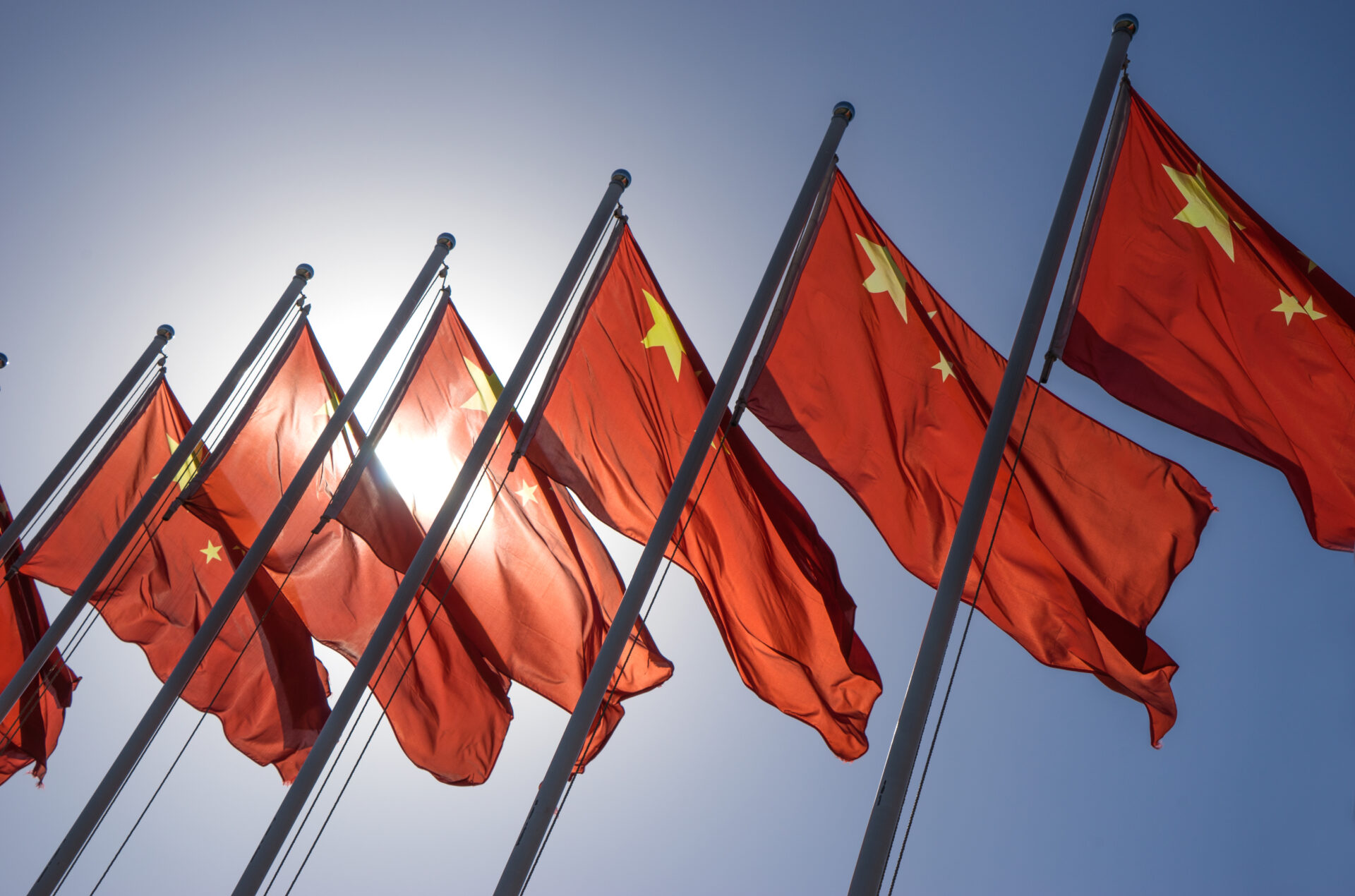
Will Patriot Missiles Face CHINA Next?
A surge of Iranian missile attacks has tested U.S. Patriot defense crews, transforming combat experience in Qatar into vital readiness lessons for confronting escalating threats from China and North Korea.
At a Glance
- Iran launched over a dozen ballistic missiles at Al Udeid Air Base in Qatar in June 2025
- Just 44 U.S. soldiers operating two Patriot batteries intercepted nearly every missile
- The engagement was the largest in the system’s history since 1991
- Air defense units in Japan and South Korea drew operational lessons for Pacific deployments
- Missile saturation tactics posed by China and North Korea are now a rising strategic concern
Combat Lessons Shape Pacific Posture
In late June 2025, Iran launched a volley of at least 14 ballistic missiles toward Al Udeid Air Base in Qatar following U.S. strikes on Iranian nuclear sites. Two forward‑deployed Patriot batteries, crewed by 44 U.S. air defenders including personnel formerly stationed in South Korea and Japan, successfully intercepted nearly every target, with only minimal debris impact and zero casualties. This engagement is now recognized as the largest Patriot missile battle ever conducted by the U.S. military.
Watch: Patriot Battery Intercepts Iranian Missiles Over Doha, Qatar · YouTube
Army leaders say the practical experience of confronting high-speed, massed missile salvos proved a vital testing ground. Units drawn from batteries in Northeast Asia have since applied those lessons—including radar coordination, rapid reload procedures, and multi-battery integration—in their readiness drills against potential threats from North Korea and China.
Strategic Response and Production Surge
Defense officials now refer to Patriot air defenders as the U.S. Army’s new “tip of the spear” in modern conflict, highlighting their newfound prominence in theater-level deployment strategies. In response to operational strain, the U.S. Army plans to expand from 15 to 18 Patriot battalions and has requested $1.3 billion to quadruple PAC‑3 missile production.
The broader geopolitical context has intensified urgency. China is steadily growing its long-range missile arsenal, while North Korea continues to test and refine ballistic capabilities—often with Russian assistance following combat experience in Ukraine. U.S. Indo‑Pacific Command leaders warn that coordinated military advances among China, North Korea, and Russia are raising critical threats in the region.
Hardened Defenses Ahead
Patriot units now deployed across Japan and South Korea are implementing rigorous training regimes informed by their Middle East mission. These include simulated saturation attacks, joint command drills, system cooldown and reload procedures, and integration with allied air defense networks.
Analysts caution that while the Qatar engagement proved the system’s effectiveness, it also exposed fragility in U.S. missile reserves. Subsequent reports reveal that missile stockpiles could fall to just 25% of required sustainment levels due to heavy usage in both the Middle East and Ukraine. Supply chain issues and geopolitical divisions complicated shipments to allies until reversed by recent policy decisions.
U.S. defense planners now face a pivotal mission: scale up production, shore up inventory levels, and ensure that forward-deployed Patriot crews remain ready to counter evolving missile threats across the Indo-Pacific theater.


